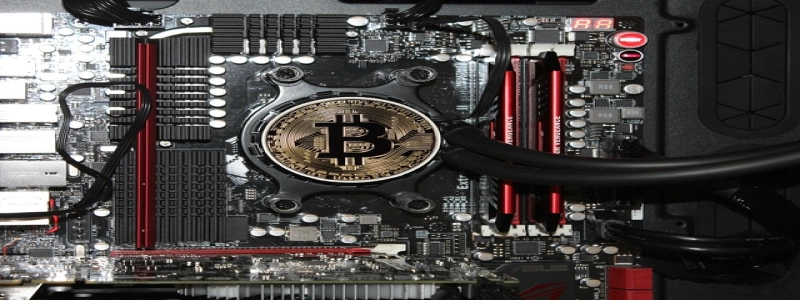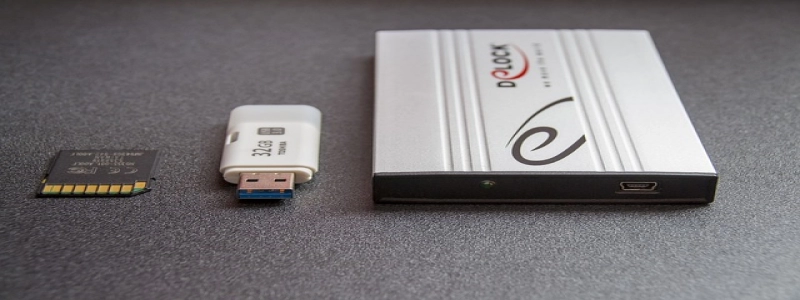2.5G Ethernet: Unlocking Faster Data Transfer Speeds
1. Introduction
1.1 What is 2.5G Ethernet?
1.2 Why is there a need for faster data transfer speeds?
1.3 How does 2.5G Ethernet address this need?
2. Understanding the Basics of 2.5G Ethernet
2.1 Key Features of 2.5G Ethernet
2.2 Compatibility with Existing Ethernet Infrastructure
2.3 Comparison with Other Ethernet Standards (1G, 10G)
3. Benefits of 2.5G Ethernet
3.1 Improved Performance for High Bandwidth Applications
3.2 Cost-Effective Solution for Fast Data Transfer
3.3 Seamless Integration into Existing Networks
4. Use Cases for 2.5G Ethernet
4.1 Data Centers and Server Farms
4.2 Enterprise Networks
4.3 Gaming and Multimedia Applications
5. Implementation and Deployment Considerations
5.1 Hardware Requirements for 2.5G Ethernet
5.2 Supported Cable Types and Distances
5.3 Power Over Ethernet (PoE) Support
6. Future Trends and Developments in 2.5G Ethernet
6.1 Potential for Higher Data Transfer Speeds
6.2 Integration with Wireless Networks (Wi-Fi 6E)
6.3 Enhanced Security features
7. Conclusion: The Future of Faster Data Transfer
7.1 Meeting the Growing Demands of Data Intensive Applications
7.2 Driving Innovation and Productivity
7.3 Embracing 2.5G Ethernet for a Connected Future








